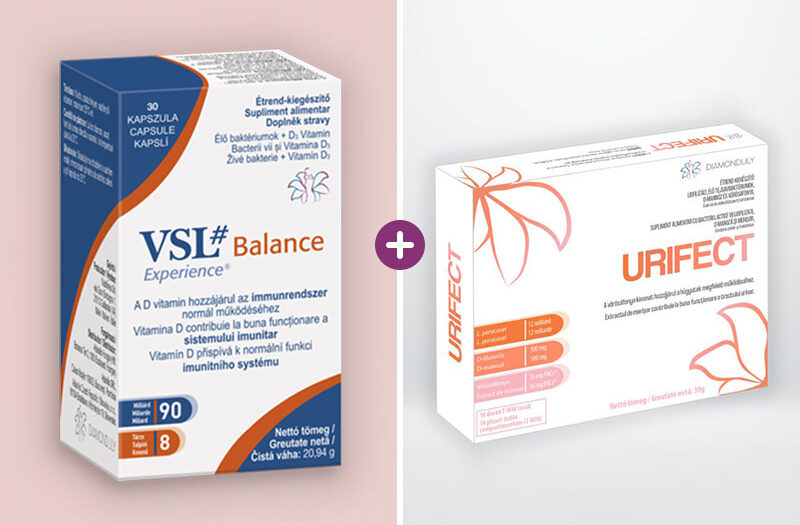Vaginal flora balance: what causes vaginal fungus and how to get rid of it for good?
Vaginal flora and gut microbiome: who would think that there is a connection, what is it all about, you may ask as a reader. Rightly. It may be quite common that the appearance of vaginal flora and fungal infections are connected, but what does this have to do with the intestinal tract? Much more than we think.

Research on the gut microbiome has been going on for quite a few years now, and it has been proven that everyone has their own, unique bacterial flora, which affects our entire body, from our hormones to the nervous system. Why should our vaginal flora be an exception to this?
3 ways the vaginal flora and gut microbiome are related
Pathogens begin to multiply in the intestinal tract, and from there they easily pass into the vagina
An upset intestinal flora can generally trigger inflammatory processes in the body, and the vaginal flora is no exception
Changes in the gut microbiome also affect our hormones, such as estrogen levels, which can upset the vaginal flora.
Today we know that pathogens reach the vaginal flora from the intestine
Pathogens can multiply very easily in the gut microbiome and cause symptoms such as Candida infection (E.coli and Prevotella are also common). Optimally, the number of beneficial Lactobacilli present in the intestine is the same or can be close to the amount of Lactobacilli living in the vaginal flora. And bam! In this case, there is a high probability that everything will be fine with the vaginal flora as well.
Vaginal flora: can oral probiotics work? What is the solution?
An increasing number of studies are available, it has been found that the beneficial Lactobacillus paracasei is able to settle in the intestinal tract in a high number of germs, taken orally, and can pass through and multiply in the vaginal flora.
URIFECT contains 12 billion of it per sachet, which is many times more than most commercially available products.
Balanced intestinal flora, happy vaginal flora
If the gut microbiome is in order, for example, there are optimal amounts of E. coli bacteria, then it logically follows from the above that they have no chance to pass through and multiply in the environment of the vaginal flora.
During the use of antibiotics, both the intestinal microbiome and the vaginal flora are damaged, pathogens multiply more easily, so the chance of developing vaginal fungus is much higher. In addition to the antibiotics, be sure to use a probiotic with a high germ count, such as VSL#Balance, but make sure that two hours pass between taking the two, otherwise they can inhibit each other’s effect.
It is also worth mentioning the change in estrogen levels, which is also related to the intestinal microbiome, and thus the balance of the vaginal flora. During the cycle and usually during the female life (pregnancy, menopause), its level is constantly changing, and this affects the level of Lactobacilli, which are responsible for the acidic pH of the vagina – this is why you may experience several times that something is wrong with your vaginal flora.
Sign up for our Candida package and get rid of the recurring vaginal fungus once and for all!


